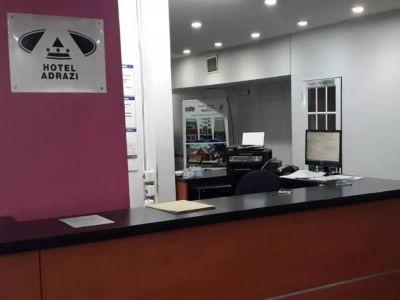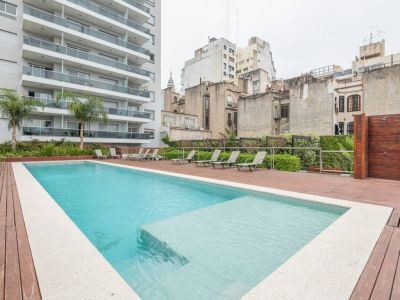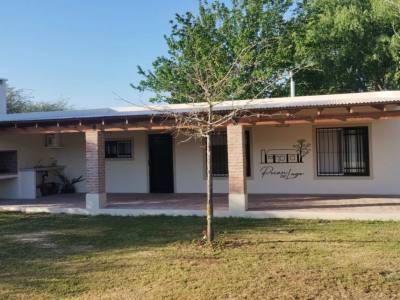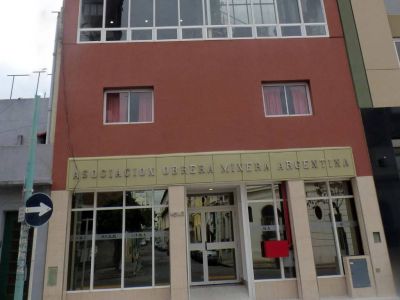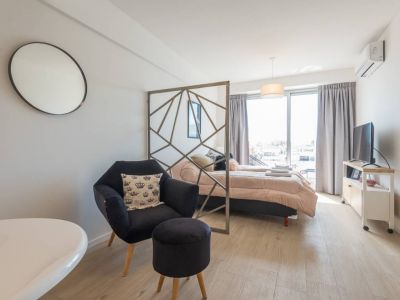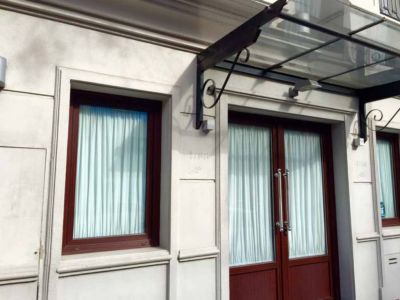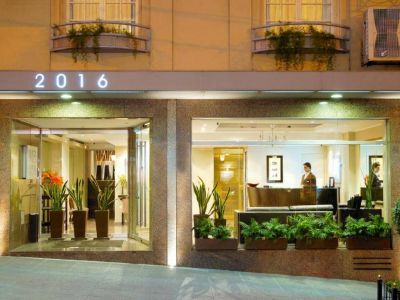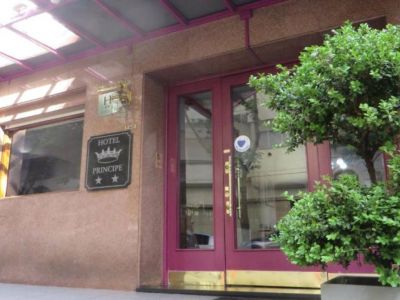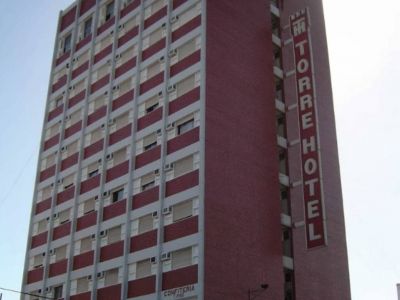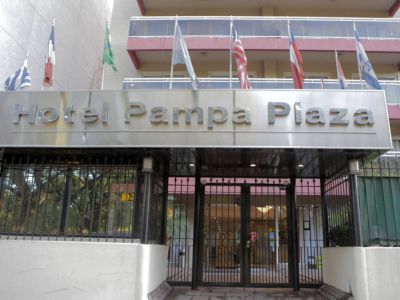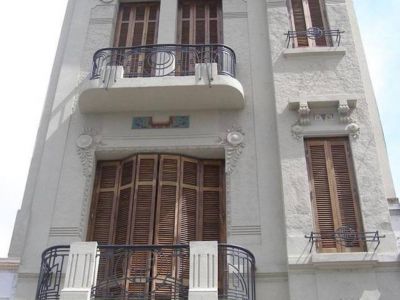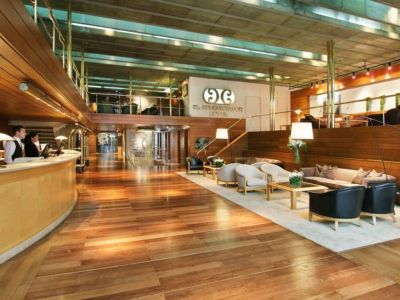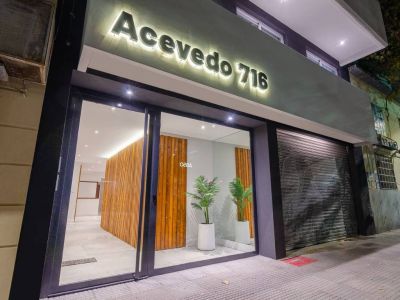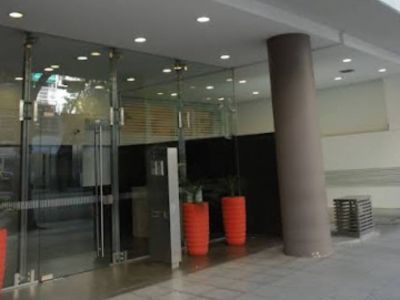The building that houses the Cornelio de Saavedra Historical Museum is a relic from the past and works as the perfect frame to keep a neat collection of objects that once belonged to the men and women of nineteenth-century Buenos Aires.
The day we chose for our visit to the Cornelio de Saavedra Historical Museum could not be better: the sun was shining in a cloudless sky, the warm spring temperature could be felt on our skin and the morning was inviting us to go for a ride. We took the bus and set out.
This museum lies next to General Paz Park, by General Paz Avenue, one of the borders of the
Federal District, in the neighborhood called Saavedra. Away from the traditional tourist centers in the city, whoever wishes to pay a visit will have to go in search of this specific place; however, the park, the house and its content really pay off.
We were first impressed by the green lawn around the museum in the sunshine. An old farm district, this area continues to be an open space. The original building used to belong to the farm owned by
don Luis María de Saavedra, nephew of the president of the First Assembly (after whom both the museum and the neighborhood where it is located are named). The house was refurbished as a museum in 1942 and its green space was turned into the General Paz Park.
A little farther away, inside the same venue, there lie Guillermo H. Moores Hall (of temporary exhibitions) and Carlos A. Pueyrredón Theater, where activities such as concerts and plays are held on a regular basis.
The inside of this ancient house (which originally featured Italian architectural style and was then refurbished with its present Neo-colonial design in order to house the museum) is infinitely attractive. Entering the building through the side yard, which boasts plants, bricks and lime walls, is entering a different life. This used to be the house of people who dwelled in the same place but when times were quite different.
The vestige of a life that is our past but in turn lies far away is organized inside the glass cabinets, furniture and on signs. With a very well-planned chronological tour, we advanced through history and fashion in order to learn how the porteños of yesteryear used to live. Everything was on display: from the early decades following the Independence (with an austere Anglo-Saxon style), going through the Rosas Period (when the ornamental combs used to bear the legend “Confederation or death”), until the late nineteenth century (with French influence and black suits that we found more familiar).
Even if we had been allowed to take photographs inside the museum, no picture would have been enough to show the tiny precious details of some of the pieces on display. As we got along, the furniture and the ornaments became more charged and complex. Many of the pieces are real wonders, like a set of armchairs once owned by Mariquita Sánchez de Thompson.
Various works of art (for instance, a series of oil paintings illustrating the changes undergone by Mayo Square in 1880) and plenty of information signs complete the global tour around that past that lies under our feet.
Not only does the Cornelio de Saavedra Historical Museum offer the possibility of touring around an ancient farmhouse but also the chance to see and appreciate small objects (pieces of furniture, a piano, necklaces, weapons, bill notes and coins, dresses) that once witnessed the life of a Buenos Aires in confusion and that today speak about a distant past that belongs to all of us.
Marcos Rodríguez
Marcos Rodríguez
Phone: +54 11-45720746































